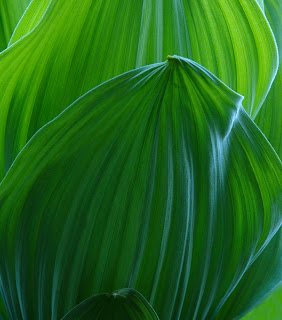Here are the photosynthesis questions for review:
1. Which colors of light are most strongly absorbed by chlorophyll?
2. Where does the oxygen released during photosynthesis come from?
3. Why is water needed in photosynthesis?
4. What are the products of the light dependent reactions?
5. What is made in the light independent reactions?
6. What is the role of RUBP in photosynthesis?
7. What kind of plants use PEP and what advantage does it give them?
8. How are CAM plants different from others in the way they do photosynthesis?
9. What kind of organisms can do photosynthesis?
10. Where inside the chloroplast do the light dependent reactions happen?
Here's some questions to make those brain cells churn out the ATP!
1. What are the differences between aerobic and anaerobic respiration, and which is more efficient?
2. What are NAD+ and FAD used for?
3. What are the three steps in aerobic respiration, and where does each occur?
4. During which step of cellular respiration is the most ATP made?
5. During aerobic respiration, how many ATPs are made from one molecule of glucose in most cells?
6. What is the role of oxygen in aerobic respiration?
7. Describe how the ATP is made during chemiosmosis
8. What is produced by your muscle cells if there is not enough oxygen available at the end of glycolysis for aerobic respiration to continue?
9. Yeasts do a kind of anaerobic respiration called ____________, and produce ___________ and _________ along with 2 ATP
10. What are the important end products of the Citric Acid Cycle, and what happens to each of these products?
Evolution Review
1. Evolution is a change in _____________ over time in a ____________.
2. What is a population?
3. What islands were important to Charles Darwin's thinking on evolution?
4. Biogeography is how living things are distributed around the world. How was Darwin surprised by the the biogeography he observed on his trip around the world?
5. While fossils support the theory of evolution, we can't rely on the fossil record ever being complete. Why?
6. How does the existence of fossils support the theory of evolution?
7. How did LaMarck explain inheritance?
8. What was the hypothesis of catastrophism?
9. While the theory of evolution does not indicate humans came from chimps, it does indicate a _________________________ between chimps and humans.
10. Upon what observations did Darwin base his theory of evolution by natural selection?
11. How can speciation happen?
12. What mechanisms drive evolution?
13. Evolution happens to ______________, while natural selection acts on ____________.
Population Ecology and Interactions
1. Define resource partitioning and give an example of it.
2. How is a parasite different from a parasitoid?
3. How is a parasite different from a predator?
4. How are density dependent limiting factors different from density independent limiting factors? Give examples of each.
5. Coevolution happens also between parasites and their hosts. Why is this not surprising?
6. Define and give examples of the following: Mutualism, Commensalism, social parasite.
7. What are common strategies predators use to capture prey, and common defenses found in prey?
8. Draw a food web that could occur in your backyard or here at Cerritos. Include all the trophic levels we discussed in class.
9. Why are there fewer members of the upper trophic levels as compared with primary consumers or the producers?
10. What is carrying capacity?

